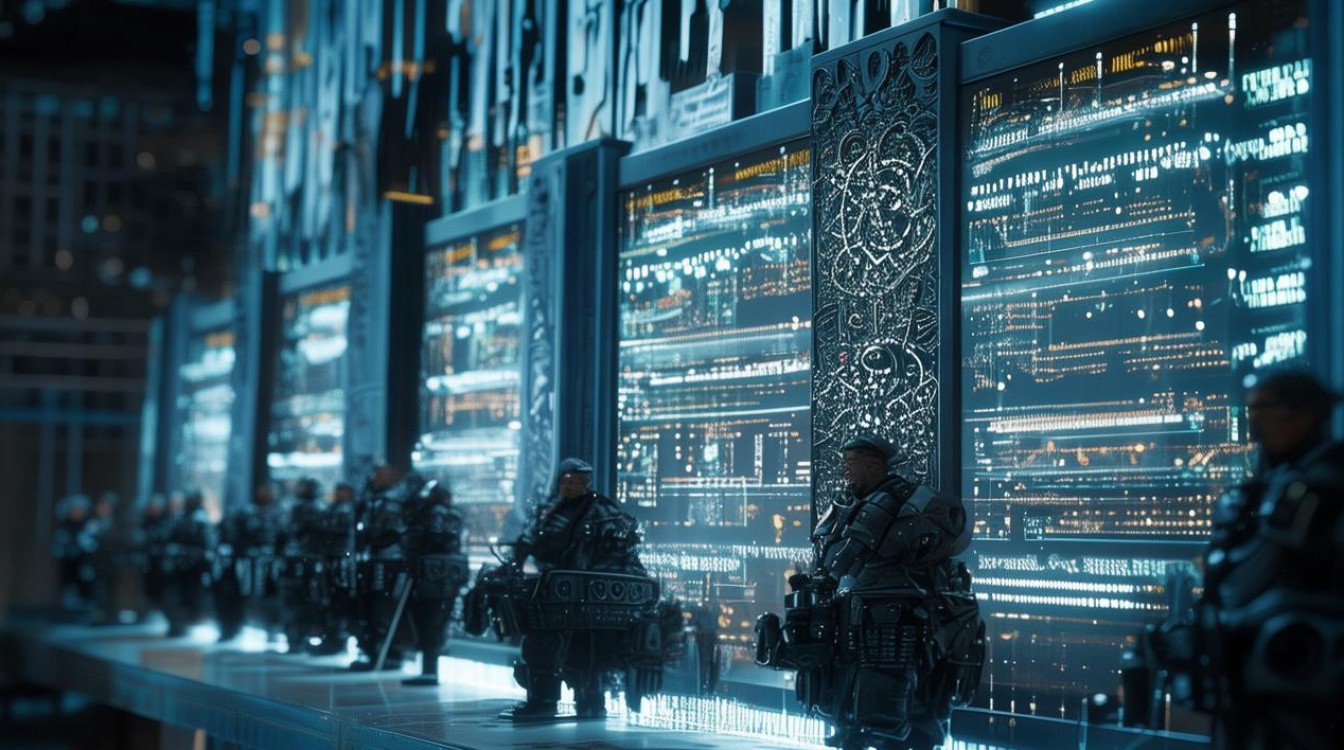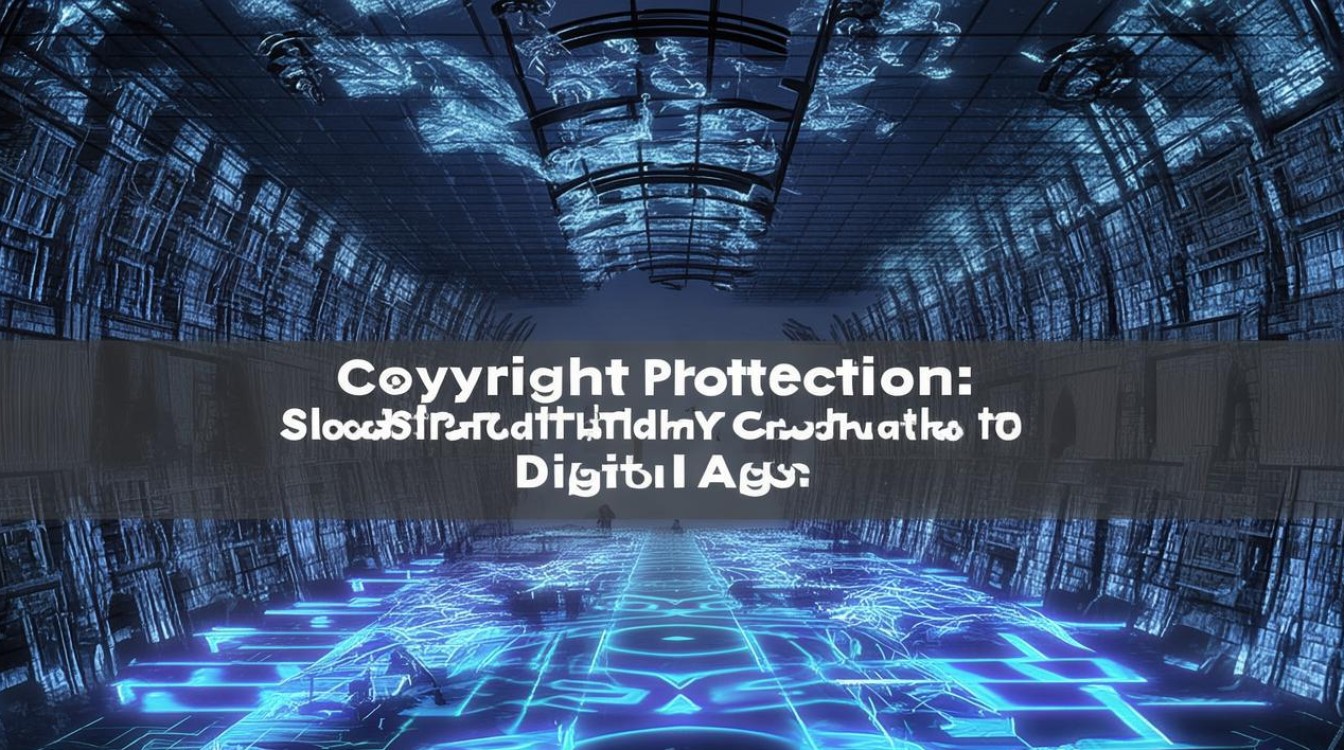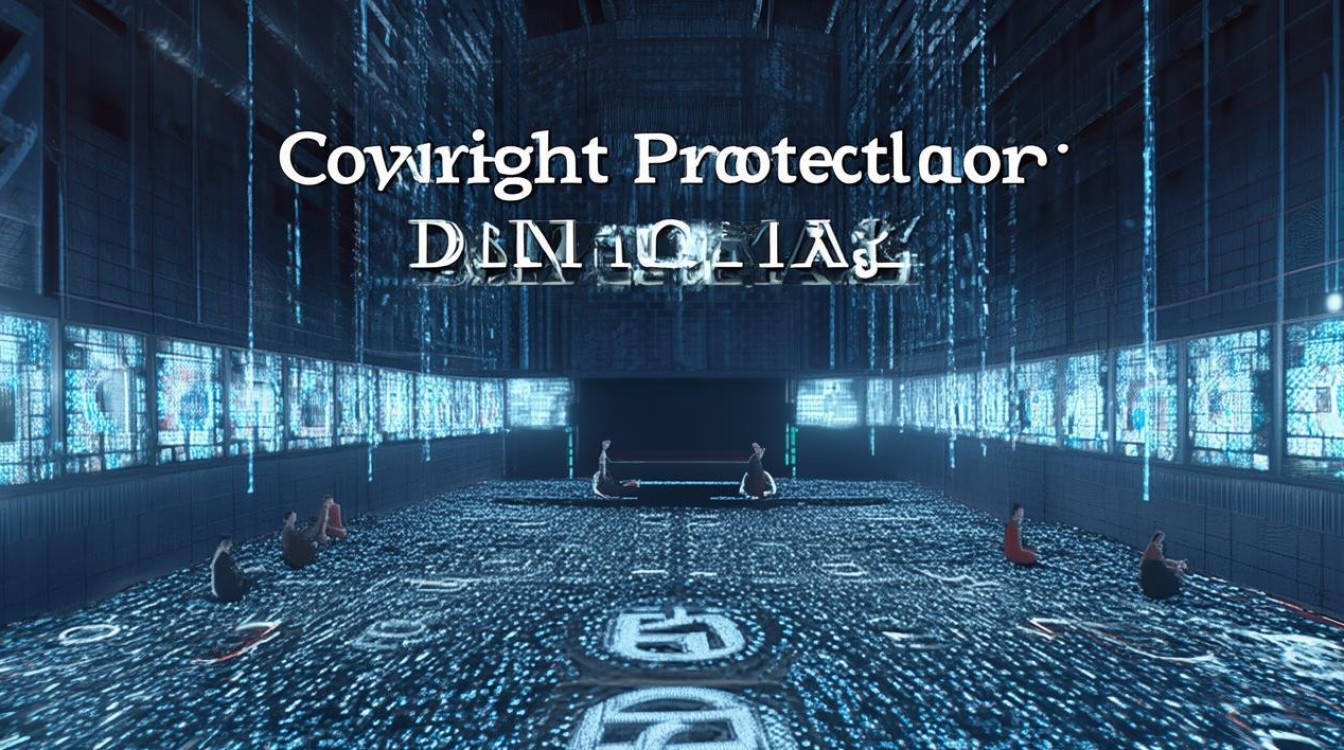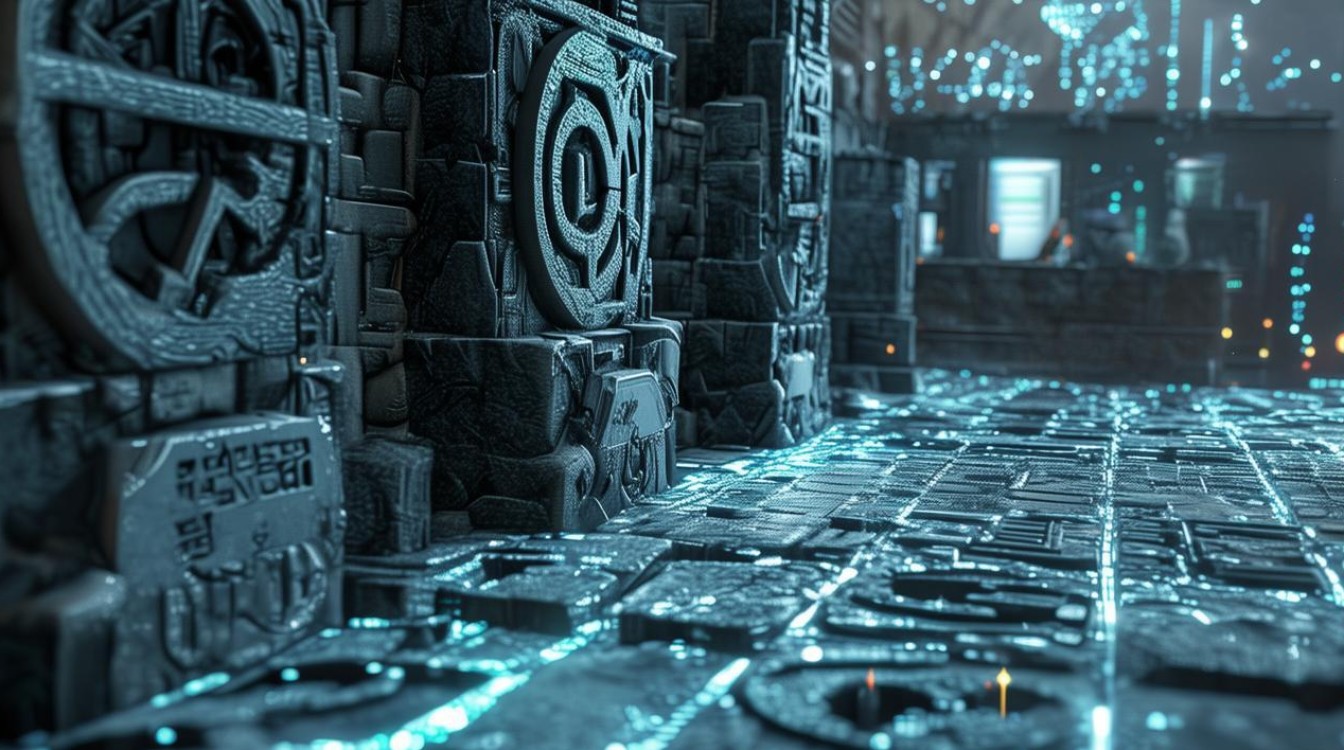In today’s interconnected world, copyright protection has become a cornerstone of creativity and innovation. As the digital landscape expands, the need to safeguard intellectual property grows more urgent. This essay explores the significance of copyright protection, its challenges, and practical steps to uphold it in an era where information flows freely.

The Importance of Copyright Protection
Copyright laws exist to protect the rights of creators, ensuring they receive recognition and financial compensation for their work. Whether it’s a novel, a song, a photograph, or software, copyright grants creators exclusive rights to reproduce, distribute, and adapt their creations. Without such protections, the incentive to innovate diminishes, stifling cultural and technological progress.
For example, musicians rely on copyright to earn royalties from their compositions. Authors depend on it to control the distribution of their books. In the digital realm, software developers use copyright to prevent unauthorized copying of their programs. These protections foster a thriving creative economy, benefiting both creators and society.
Challenges in the Digital Era
Despite its importance, copyright protection faces significant challenges in the digital age. The internet has made it easier than ever to share and access content, but this convenience comes at a cost. Piracy, unauthorized downloads, and plagiarism undermine the efforts of creators, leading to substantial financial losses.
Streaming platforms and social media further complicate the issue. While they provide exposure, they also facilitate the unauthorized use of copyrighted material. A photograph shared without permission or a song used in a video without proper licensing can harm the original creator’s rights. The anonymity of the internet makes it difficult to track and penalize violations, leaving many creators vulnerable.

Legal Frameworks and Global Efforts
Countries worldwide have established legal frameworks to address copyright infringement. The Berne Convention, for instance, sets international standards for copyright protection, ensuring creators’ rights are recognized across borders. In the United States, the Digital Millennium Copyright Act (DMCA) provides tools to combat online piracy, while the European Union’s Copyright Directive strengthens protections for digital content.
However, enforcement remains inconsistent. Some regions lack robust mechanisms to tackle infringement, while others struggle with outdated laws that fail to address modern challenges. Collaboration between governments, tech companies, and creators is essential to create a balanced system that protects rights without stifling innovation.
How Individuals Can Respect Copyright
While legal measures are crucial, individual responsibility plays a vital role in upholding copyright. Here are practical steps everyone can take:
- Use Licensed Content – Always seek permission or purchase licenses for images, music, and other materials. Websites like Shutterstock, Adobe Stock, and Creative Commons offer legal alternatives.
- Attribute Properly – When using content under fair use or Creative Commons licenses, provide clear attribution to the creator.
- Avoid Piracy – Refrain from downloading or sharing copyrighted material without authorization. Support creators by purchasing their work legally.
- Educate Others – Spread awareness about copyright laws and their importance in fostering creativity.
The Role of Technology in Copyright Protection
Advancements in technology offer both challenges and solutions. Blockchain, for example, provides a transparent way to track ownership and usage rights. Digital watermarking and fingerprinting help identify unauthorized copies, while AI-powered tools can detect plagiarism and piracy at scale.

Platforms like YouTube and Spotify use content ID systems to automatically flag copyrighted material, ensuring creators receive fair compensation. These innovations demonstrate how technology can be harnessed to protect intellectual property in the digital age.
Balancing Protection and Accessibility
While strong copyright laws are necessary, they must not hinder access to knowledge and culture. Fair use provisions allow limited use of copyrighted material for education, criticism, or parody, striking a balance between protection and freedom of expression. Open-access movements and Creative Commons licenses further promote sharing while respecting creators’ rights.
The key lies in finding a middle ground where creators are fairly compensated, and society benefits from the free flow of ideas. Policymakers, tech companies, and the public must work together to achieve this equilibrium.
The Future of Copyright Protection
As technology evolves, so must copyright laws. Emerging trends like AI-generated content and virtual reality pose new questions about ownership and authorship. Who owns the rights to a song composed by an AI? How do we protect digital art in a metaverse?

Addressing these issues requires forward-thinking policies and international cooperation. The goal should be to adapt copyright frameworks to new realities while preserving the core principle of rewarding creativity.
Copyright protection is not just a legal issue—it’s a moral one. Respecting the rights of creators ensures a vibrant cultural landscape where innovation thrives. By valuing originality and supporting ethical consumption, we contribute to a world where creativity is celebrated and protected.
The digital age presents unprecedented opportunities and challenges for copyright protection. Through awareness, responsible behavior, and technological innovation, we can build a system that honors creators while fostering a culture of shared knowledge. The future of creativity depends on it.

